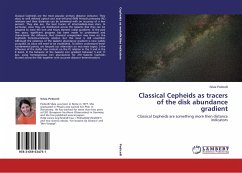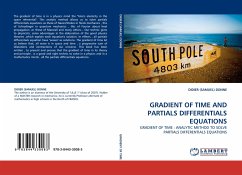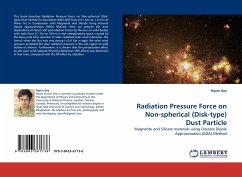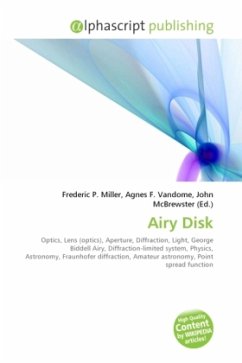Classical Cepheids are the most popular primary distance indicator. They obey to well defined optical and near-infrared (NIR) Period-Luminosity (PL) relations and their distances can be estimated with an accuracy of a few percent. They also are, the best tracers of intermediate-mass stars. In particular, since they are distributed across the Galactic disk they can be adopted to trace the iron and heavy element radial gradients. In the past few years, significant progress has been made to understand and characterize the influence that chemical composition may have on the Cepheids Period-Luminosity relation but this issue is still unsettled. Although the existence of the Galactic abundance gradient is now widely accepted, its value still need to be established. To better understand these fundamental points, we focused our attenction on two main topics: i) the influence of the stellar iron content on the PL relation in the V and in the K band. ii) the behavior of the Galactic iron gradient between 5 and 17 kpc, using homogeneous iron abundances for 270 Galactic Cepheids located across the disk together with accurate distance determinations.








